Downtown St. Louis is in a real estate 'doom loop'
The city is rife with abandoned buildings and vacant lots, with its real estate market in dire straits

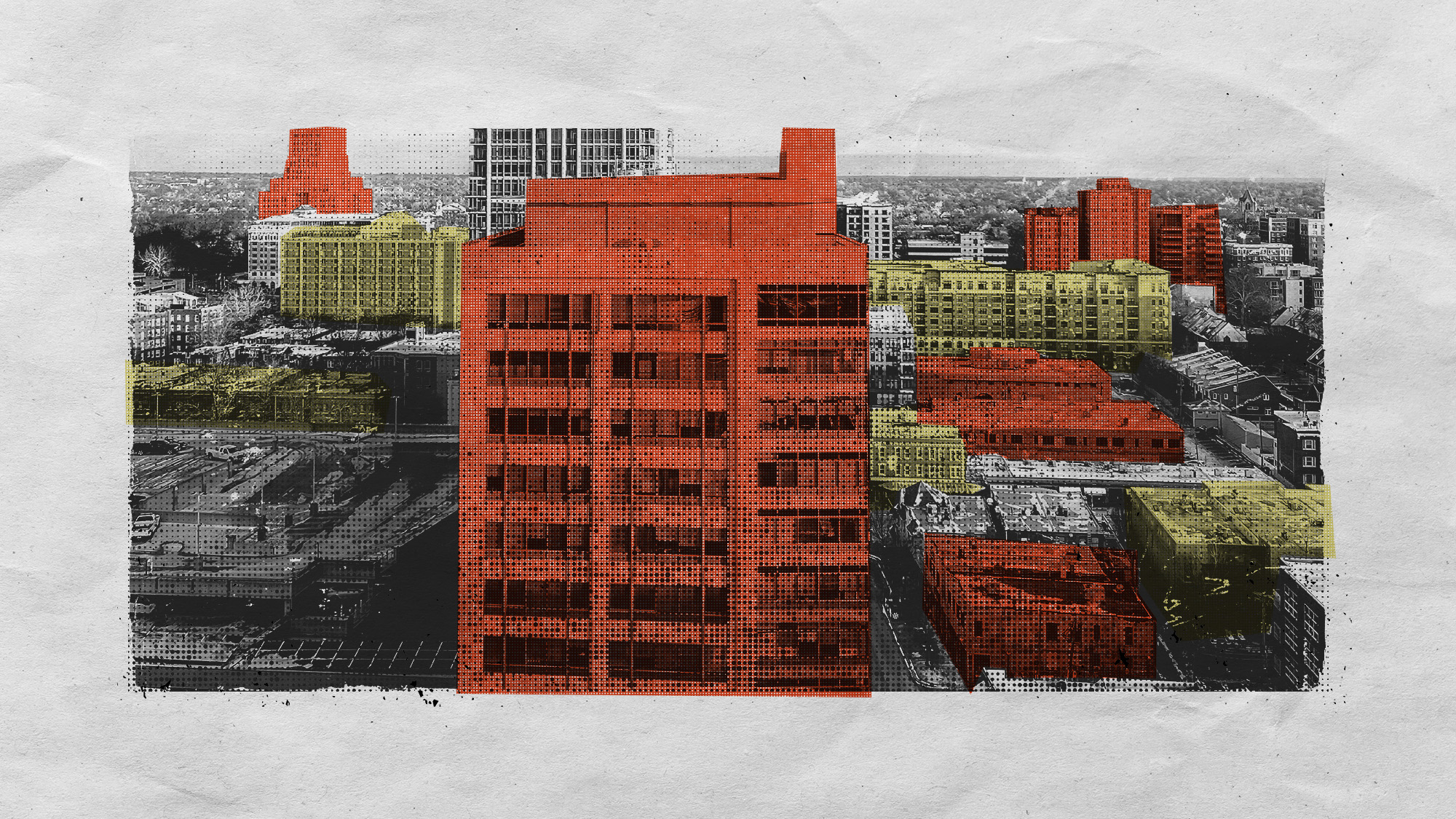
When thinking of blighted downtowns, cities like San Francisco and Portland, Oregon, may come to mind, but there is a Midwest metropolis dealing with a major problem of its own: St. Louis. One of Missouri's major cities, a recent report in The Wall Street Journal detailed how downtown St. Louis is dealing with a so-called 'doom loop,' when cities become trapped in a cycle of urban decay.
Despite being home to about 300,000 people, St. Louis has seen a decline over the past few years that has caused the city to look for ways to revitalize its shrinking downtown. Much of this has to do with a poor real estate market, as downtown St. Louis has "hit commercial rock bottom," industry outlet The Real Deal said.
The Journal's report describes a downtown in which "offices sit empty, shops and restaurants close and abandoned buildings become voids that suck the life out of the streets around them." How did downtown St. Louis get to this point, and how can the 'doom loop' be ended in the Gateway to the West?
The Week
Escape your echo chamber. Get the facts behind the news, plus analysis from multiple perspectives.

Sign up for The Week's Free Newsletters
From our morning news briefing to a weekly Good News Newsletter, get the best of The Week delivered directly to your inbox.
From our morning news briefing to a weekly Good News Newsletter, get the best of The Week delivered directly to your inbox.
What went wrong in downtown St. Louis?
The cycle is not entirely new, as St. Louis' downtown "has suffered a slow demise for decades," the Journal said. This is the result of "population loss, competition from newer offices in the suburbs and failed urban planning" that "left behind a glut of dreary, empty buildings and wide, dangerous roads." While there are some tourists, there are not enough to make up for the full-time shrinking population in the downtown district.
The situation is a "classic chicken-and-egg kind of deal," Glenn MacDonald, a professor of economics at St. Louis' Washington University, said to the Journal. "People don't go there because there's nothing to do. There's nothing to do because people don't go there."
And the pandemic only accelerated the doom loop in St. Louis, as the city's "central business district had the steepest drop in foot traffic of 66 major North American cities between the start of the pandemic and last summer," said the Journal. The pandemic affected St. Louis greatly because its downtown "was already in bad shape when the pandemic started, and now on top of that, you have remote work," Konrad Putzier, who reported on the situation for the Journal, said to the outlet's podcast "The Journal."
Vacant buildings might not be as concerning in a densely populated place like New York City. But "if you suddenly have a giant building more than a million square feet completely empty in a city like St. Louis, it's more challenging because you're in a downtown that's already been losing businesses to the suburbs and to other cities," said Putzier.
A free daily email with the biggest news stories of the day – and the best features from TheWeek.com
Real estate developers are trying to revitalize the city by selling its largest buildings to new developers, but this is easier said than done. The former One AT&T Center, St. Louis' largest office building, originally sold for $205 million in 2006, but according to real estate listings, recently sold again for just $3.6 million. This is a "nearly 98% discount from its 2006 sales price," Business Insider said, and the "steep drop in the tower's value is just one sign that St. Louis' central business district is struggling."
How can the 'doom loop' be stopped?
Not everything in downtown St. Louis is doom and gloom. Positive news can particularly be seen in the city's Midtown district, which is "getting billions in investments," KTVI-TV St. Louis said. "Could creative investments boost this area too?"
Amid a push by city officials to begin filling vacant properties, more good news came earlier this month, when it was reported that St. Louis' Millennium Hotel was put on the market. The iconic hotel has been closed since 2014, and its potential sale could light a further developmental spark. It is "encouraging to see [developers] are taking action," a spokeswoman for the St. Louis Development Corp said to the St. Louis Post-Dispatch.
There is also the city's Grand Center Arts District, which is the "most exciting emerging arts district in America," Forbes said. The presence of "historic performing arts venues in the neighborhood, not surprisingly, set the foundation for the vibrant cultural momentum surging through the area today," and developers are hoping that this trend continues.
Justin Klawans has worked as a staff writer at The Week since 2022. He began his career covering local news before joining Newsweek as a breaking news reporter, where he wrote about politics, national and global affairs, business, crime, sports, film, television and other news. Justin has also freelanced for outlets including Collider and United Press International.
-
 US citizens are carrying passports amid ICE fears
US citizens are carrying passports amid ICE fearsThe Explainer ‘You do what you have to do to avoid problems,’ one person told The Guardian
-
 All roads to Ukraine-Russia peace run through Donetsk
All roads to Ukraine-Russia peace run through DonetskIN THE SPOTLIGHT Volodymyr Zelenskyy is floating a major concession on one of the thorniest issues in the complex negotiations between Ukraine and Russia
-
 Why is Trump killing off clean energy?
Why is Trump killing off clean energy?Today's Big Question The president halts offshore wind farm construction
-
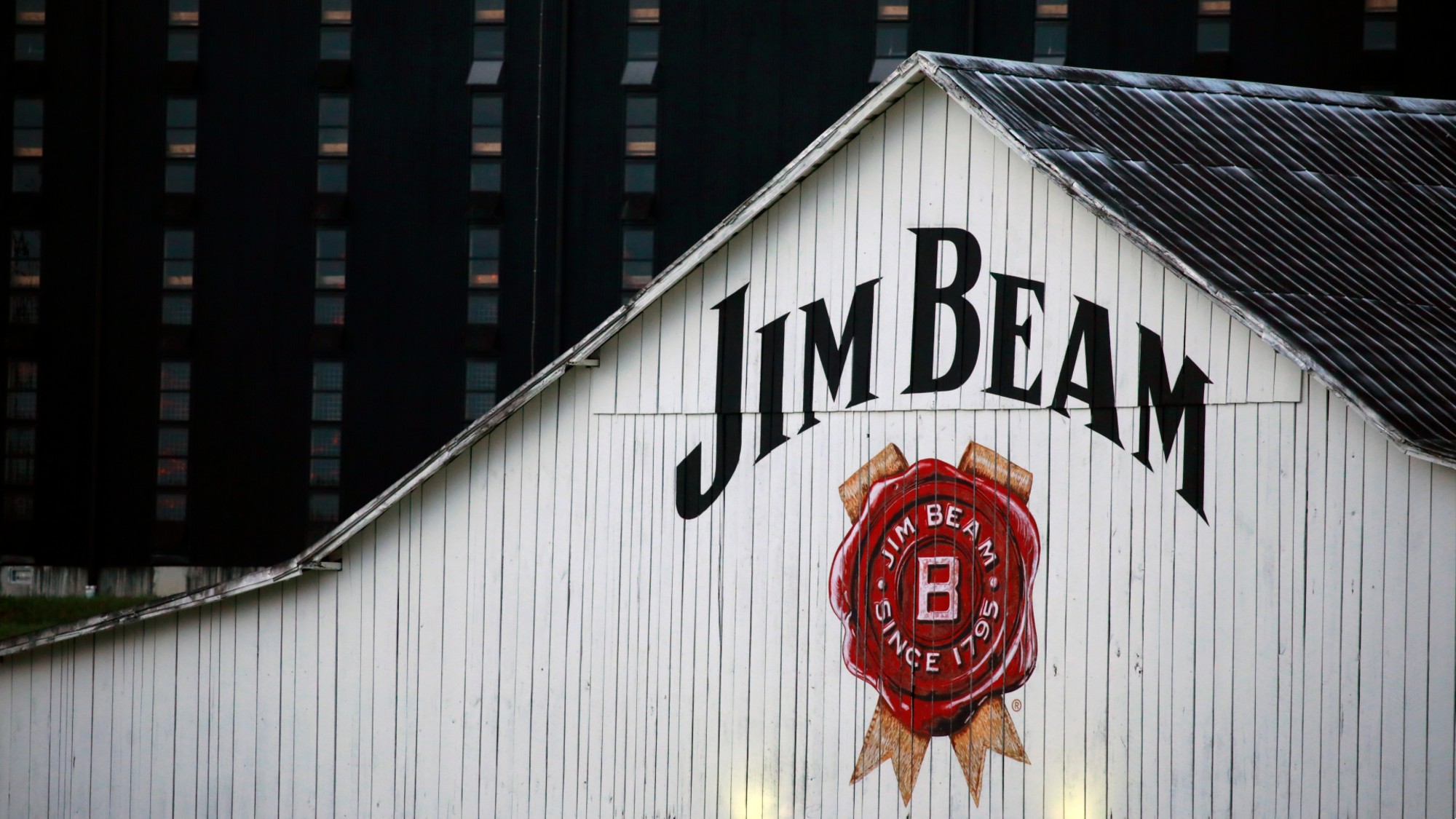 Tariffs have American whiskey distillers on the rocks
Tariffs have American whiskey distillers on the rocksIn the Spotlight Jim Beam is the latest brand to feel the pain
-
 TikTok secures deal to remain in US
TikTok secures deal to remain in USSpeed Read ByteDance will form a US version of the popular video-sharing platform
-
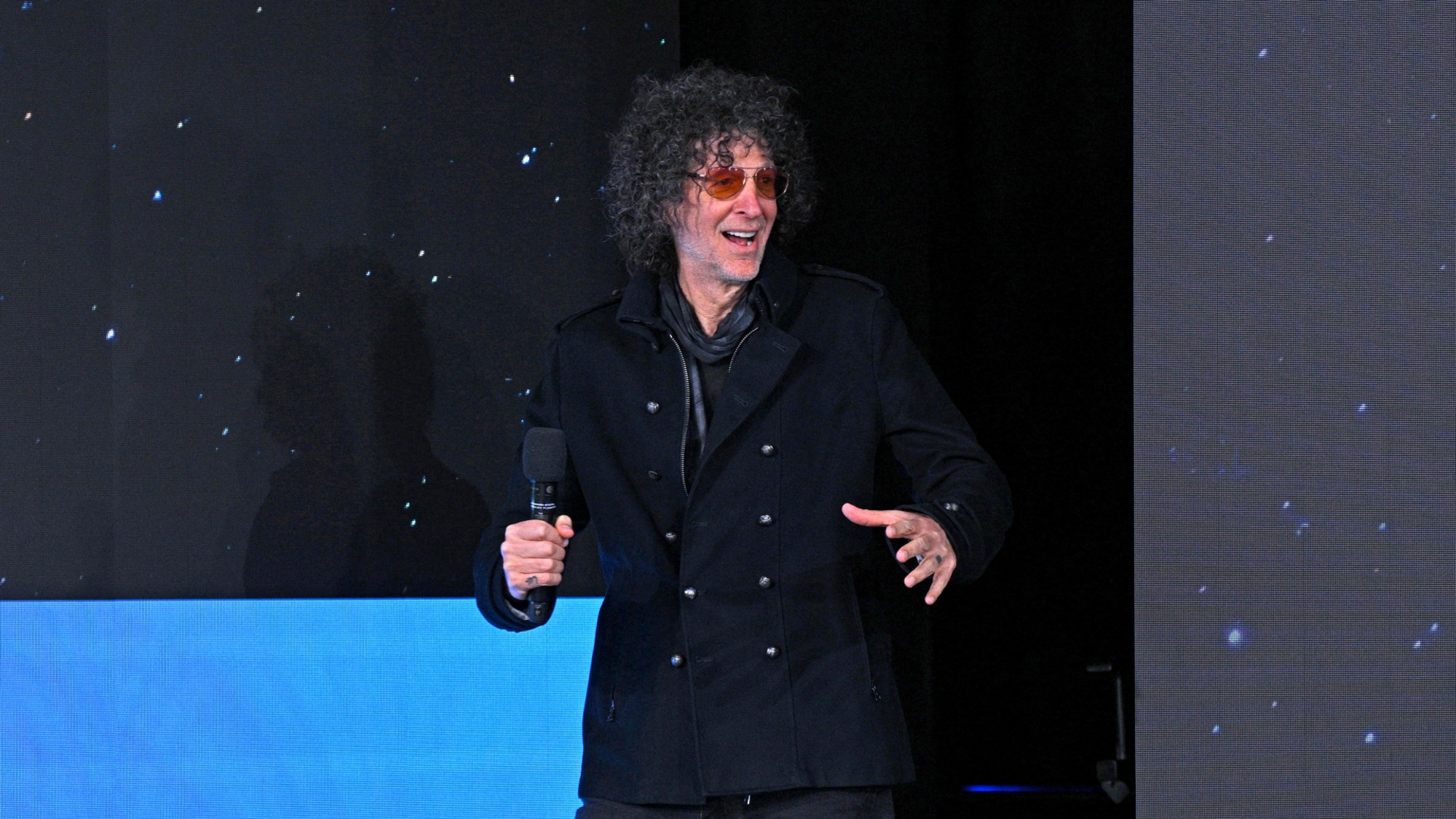 SiriusXM hopes a new Howard Stern deal can turn its fortunes around
SiriusXM hopes a new Howard Stern deal can turn its fortunes aroundThe Explainer The company has been steadily losing subscribers
-
 The longevity economy booms as people live longer
The longevity economy booms as people live longerThe Explainer The sector is projected to reach $27 trillion by 2030
-
 How will China’s $1 trillion trade surplus change the world economy?
How will China’s $1 trillion trade surplus change the world economy?Today’s Big Question Europe may impose its own tariffs
-
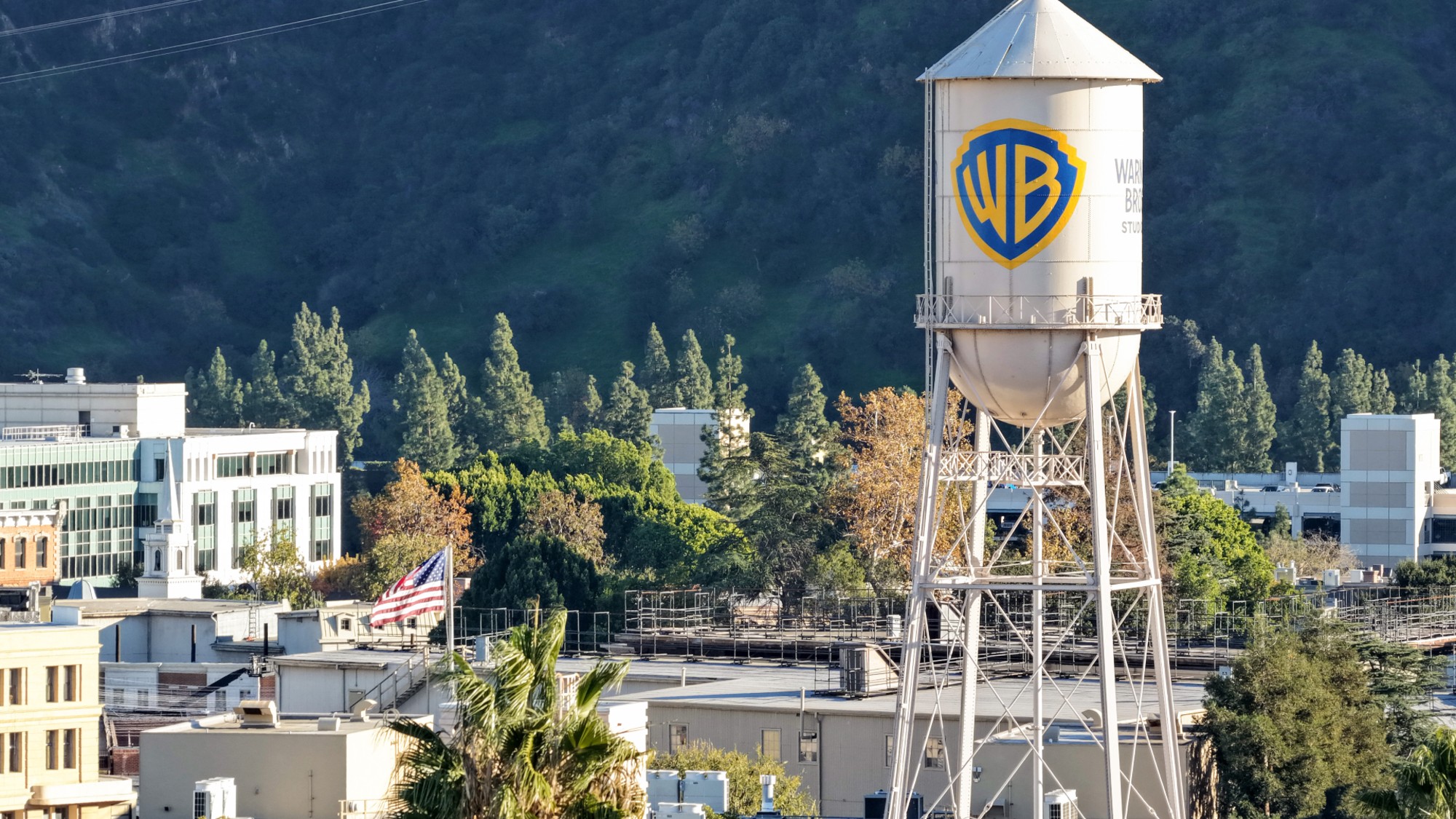 How will the Warner Bros. bidding war affect the entertainment industry?
How will the Warner Bros. bidding war affect the entertainment industry?Today’s Big Question Both Netflix and Paramount are trying to purchase the company
-
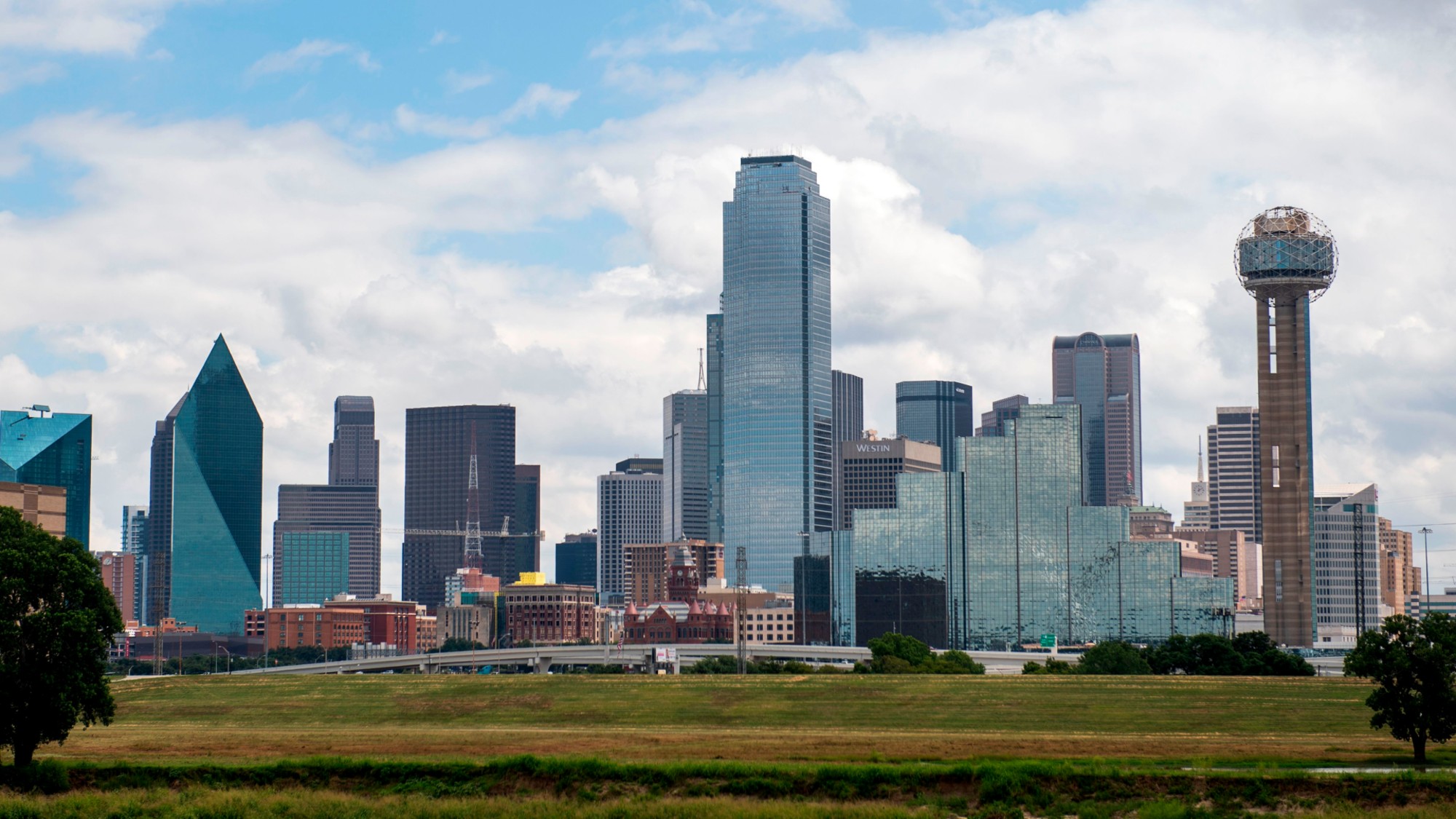 Texas is trying to become America’s next financial hub
Texas is trying to become America’s next financial hubIn the Spotlight The Lone Star State could soon have three major stock exchanges
-
 Employees are branching out rather than moving up with career minimalism
Employees are branching out rather than moving up with career minimalismThe explainer From career ladder to lily pad
